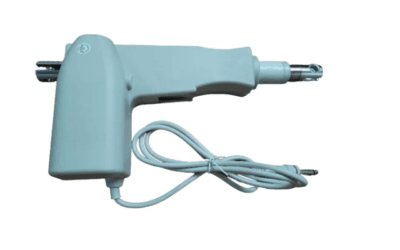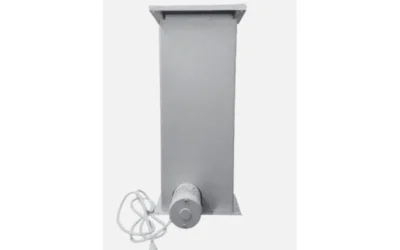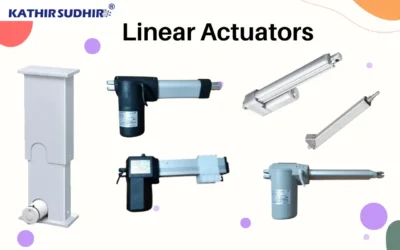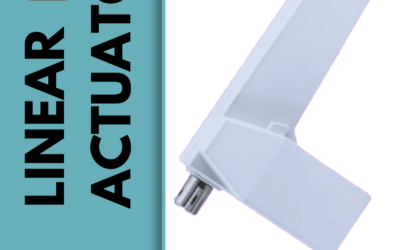BlogS
Electric Actuators in the Reflective Panel Operations
India is home to numerous manufacturers specializing in Electric Actuators in Reflective Panel, providing a wide range of options for different applications. Companies like Kathir Sudhir Automation Solutions offer innovative solutions tailored to meet the specific...
Electric Actuators with Ball Screw: Principles and Functions
Electric actuators, especially ball screw actuators, play a pivotal role in various industrial applications, offering precision, efficiency, and versatility. This guide delves into the principles and functions of electric ball screw actuators, answering key questions...
Revolutionary Actuator Motors: Discover How theyTransform Tech!
Actuator motors play a critical role in the world of automation. They are devices that convert energy into motion and are fundamental components in various applications ranging from industrial machinery to everyday household items. Among the many types of actuators,...
Electric Actuator in the Valve Open/Close Application
In today's rapidly advancing world, the application of electric actuator has become increasingly significant, particularly in the realm of valve automation. These devices offer precise control, reliability, and efficiency, making them indispensable in various...
The Secret of Electric Linear Actuator: Full Automation
In the world of modern engineering and automation, electric linear motion systems are integral to countless applications, ranging from industrial machinery to home automation. These systems are powered by electric Linear actuator, which are critical components...
Linear Actuator Door Opener: Revolutionizing Automation
Linear actuators are pivotal components in various industries, from automotive to healthcare, enabling precise linear motion and control. One of the innovative applications of linear actuators is in automated door opening systems. This blog delves into the...
Frequently Asked Questions(FAQ)
What is a linear actuator?
A linear actuator is a device that converts rotational motion into linear motion. It is used to move objects in a straight line
What are the benefits of using a linear actuator?
The benefits of using a linear actuator include precise and controlled linear motion, compact size, easy installation, and efficiency.
How do I install and maintain my linear actuator?
The installation and maintenance of a linear actuator will depend on the specific model and type. Refer to the manufacturer’s instructions for installation and maintenance guidelines.
What safety precautions should I take when working with linear actuators?
Always follow the manufacturer’s instructions and safety guidelines when working with linear actuators. Ensure that the actuator is properly secured and that the power source is disconnected before working on the actuator.
What is the difference between a linear actuator and a rotary actuator?
A linear actuator moves in a straight line, while a rotary actuator rotates around an axis. Linear actuators are used when linear motion is required, whereas rotary actuators are used when rotational motion is needed.
What is the difference between an electric linear actuator and a hydraulic linear actuator?
An electric linear actuator uses electrical energy to create linear motion, while a hydraulic linear actuator uses pressurized hydraulic fluid to create linear motion. Electric linear actuators are typically easier to install and maintain, while hydraulic linear actuators can generate higher force.
Can a linear actuator be used for precise positioning?
Yes, linear actuators are often used for precise positioning due to their ability to provide accurate and repeatable linear motion.
How do I determine the stroke length of a linear actuator?
The stroke length of a linear actuator is the distance the actuator can travel in a straight line. To determine the required stroke length, consider the distance the actuator needs to move to complete its intended task.
What are some common materials used to make linear actuators?
Linear actuators can be made from a variety of materials, including aluminum, stainless steel, plastic, and carbon fiber. The choice of material will depend on the specific application and environmental conditions.
Can a linear actuator be used in hazardous environments?
Yes, some linear actuators are designed for use in hazardous environments and are made from materials that can withstand exposure to extreme temperatures, chemicals, or other hazardous conditions.
Can a linear actuator be customized to fit my specific application?
Yes, many manufacturers offer customized linear actuators to fit specific applications. These can include modifications to stroke length, force, speed, mounting options, and environmental protection.






